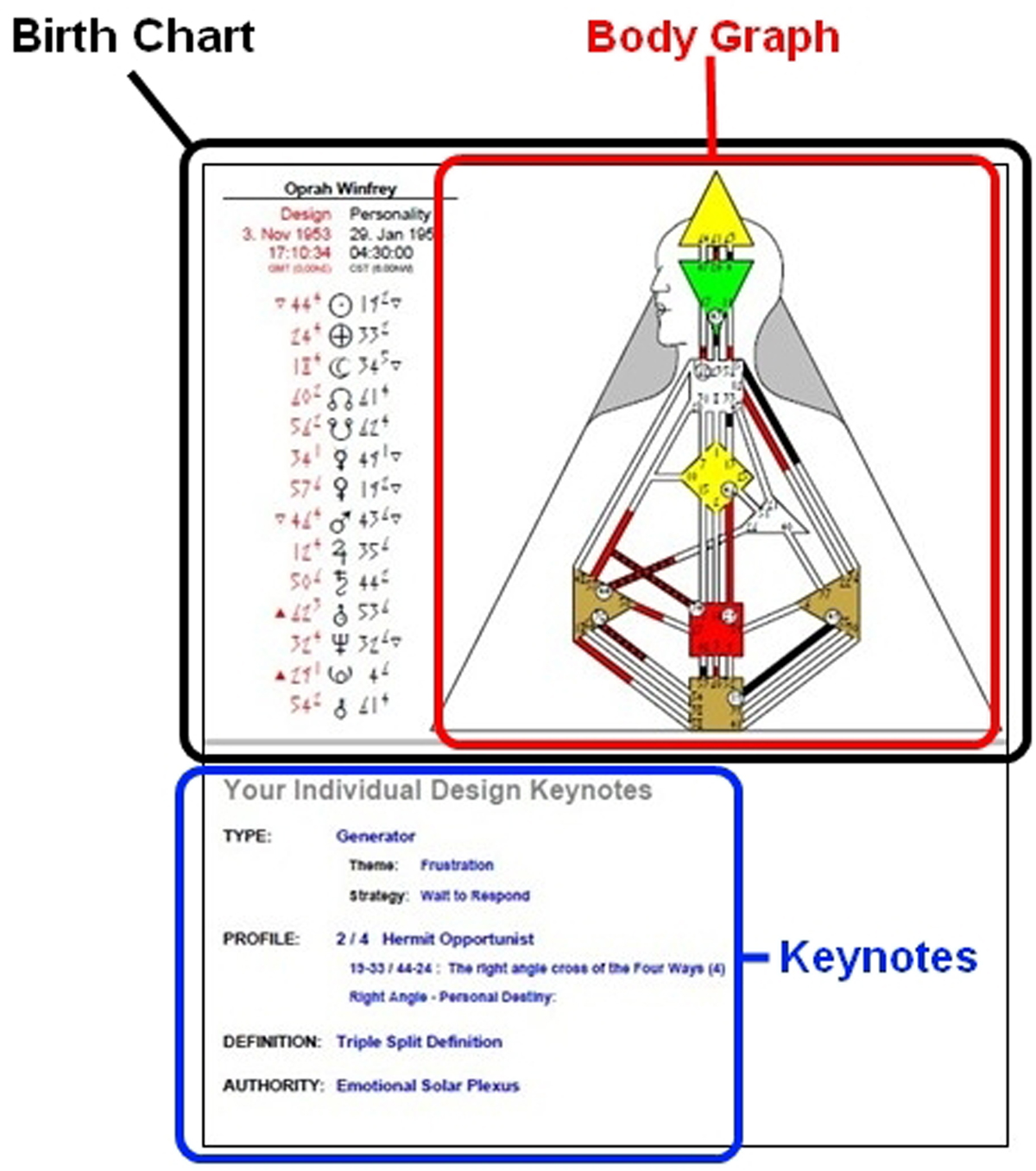
Many of my students ask me, “Does knowing your Human Design help you make more money, get healthier, and have better relationships?”
The answer is yes. Sort of. The promise in Human Design is different from other promises you've heard before. What I can promise is that we are not all created the same. Human Design shows us that there are five energy types: the Manifestor, the Manifesting Generator, the Generator, the Projector, and the Reflector. Each energy type has a different way of creating and making decisions. But that doesn't mean that we don't all have the same potential for wealth, health, good relationships, and happiness. It's just that we are each uniquely designed, and therefore our definitions of wealth, health, good relationships, and happiness will be different for each of us.
Some of us are designed for and truly desire massive financial wealth; others feel fabulously wealthy when we have the freedom to spend time with our loved ones. Some of us dearly want to find fulfilling work; others don't want to work at all. Some of us will be athletes; others will be intellectuals. Some of us are real go-getters by design; others will simply be at the right place at the right time, and magic will happen. All of these things are okay. They are simply variations on what it can mean to be “successful.”
While the traditional ways of creating success might work very well for some people, for some of us the rules simply don't work. But society and our conditioning have a powerful hold over us, and we can often feel that our personal definitions of success are lazy, weak, silly, or even ridiculous by society's standards. Continuing to follow this one path when it's not working will only bring frustration, bitterness, burnout, and exhaustion.
Think about it—if we're all different, a one-size-fits-all approach to creating a happy, successful life doesn't make sense. All people are equally valuable and important. But each of us has our own energetic blueprint and individual style of operating successfully in life. What might work for one person won't necessarily work for another.
The struggle to fit in and embrace society's definition of what is “right” and “successful” is really just about energy. The way we feel about ourselves, the rules and values of society, and the way we react to life are all dictated by our own energy field and the bigger collective energy field. The Human Design chart is your personal electrical schematic. It shows you what kinds of energies are consistent for you and which energies you take in from the world around you.
When you know who you are and how your personal energy field operates, you discover your inner authority that helps you navigate your way through the collective energy field. You may discover that you are in agreement with certain beliefs and energies that society holds dear, but in other areas you diverge from society's expectations.
The current trends in personal growth information claim that if you're not experiencing “wild success” by society's definition, then it may be a result of subconscious beliefs, trauma, or problems with your “success” mindset. I don't disagree; your beliefs, past experience, and attitude can influence your level of success. But often what is really blocking us from creating the life we love is a fundamental misunderstanding of what is truly right for us.
Instead of allowing the life that's right for us, we keep pounding away with different manifesting techniques and tools, trying to blast away those “limits” that might actually be keeping us from creating something that isn't desirable in the first place.
This idea of letting go and allowing our life to take us where it may can be scary at first. Most of us grow up without a strong realization of who we really are. Our energy fields are influenced by others around us, and we don't always know what is our personal truth versus what we've been told to believe is Truth. We often lose touch with our authentic self.
We worry that if we let our inner authority take control, maybe we are somehow doomed to be broke or lonely. We don't trust our inner guidance, and we wrestle with the prospect of being in control of ourselves. If we've led a life that is “less than successful,” we may even be instilled with ideas that we are somehow not worthy of abundance or that we are screw-ups. Don't worry. No one is doomed by design or energetically destined to suffer or screw up.
One of the greatest sources of pain in life is the disconnect between the self you perceive yourself to be and the authentic self. The greater the distance between the two, the more discordance and pain there is. This pain is not dysfunction or “brokenness”; it is simply the authentic self telling you that there is more for you here than you realize, and it might not look the way your head thinks it should—it is actually much, much better.
The more you learn about yourself, the more freedom you'll have to create a life that is in alignment with what's right for you. So let's begin by taking a tour of your Human Design chart. If you haven't gotten your chart already, go to www.understandinghumandesign.com to get yours now.
Each Human Design chart has three parts: 1) the body graph, 2) the birth chart, and 3) the keynotes (figure 1). We'll cover each in detail, but first let's look at the chart as a whole. What do the shapes and layout remind you of?
If you look closely at the chart, you might see some visual evidence of the influencing wisdom behind Human Design. For example, the geometric shapes (called centers) look very similar to the seven chakras (figure 2).
Figure 1: A sample Human Design body graph
If you turn the chart upside down, it looks very similar to the Tree of Life from the Kabbalah (figure 3).
Or you may notice that sixty-four numbers appear on the chart. These numbers, called gates, correlate to the sixty-four hexagrams from the I Ching. In the I Ching, a hexagram is composed of six stacked horizontal lines (figure 4), where each line is either yang (an unbroken or solid line) or yin (broken, an open line with a gap in the center).
Figure 2: The nine centers in Human Design are similar to the seven chakras.
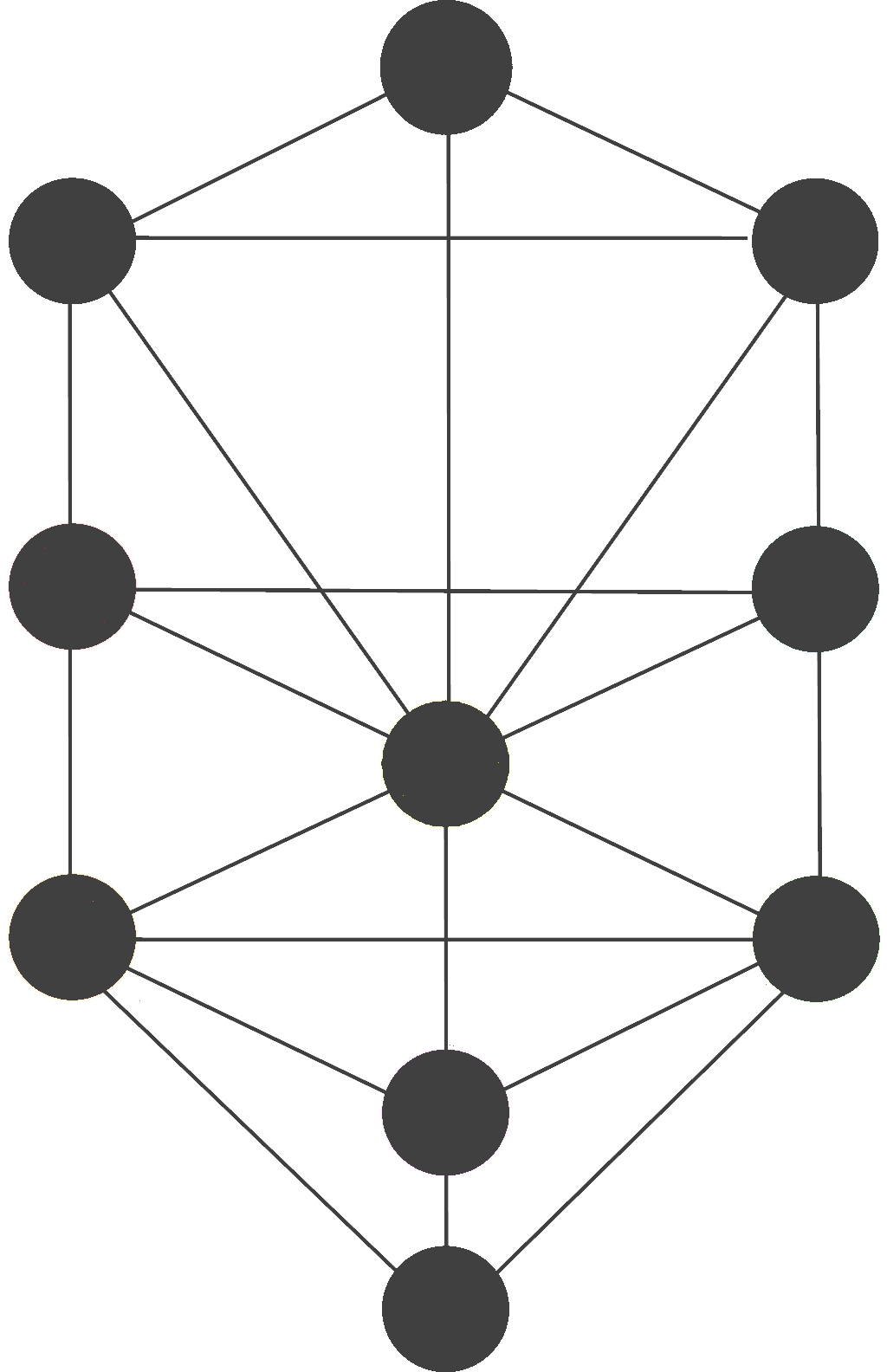
Figure 3: The approximate shape of the Human Design chart is similar to the Tree of Life from Kabbalah.
Though you can see pieces of these ancient wisdom teachings in the chart, Human Design is something new and unique, a brand-new tool to help people in a brand-new way.
It is important to realize that when you look at parts of the chart, they are simply pieces. To make learning about Human Design easier, we have to start first by taking the chart apart, piece by piece, and covering each one by one. But once you have a handle on how the chart is constructed, and how to read it, the “story,” or personal energy map, is revealed when you put all of the pieces together.
Synthesis is the key to understanding Human Design and each individual chart. At its root, Human Design is a tool that teaches us about the power and possibility of evolution in mankind on a personal, relationship, and collective level. The real beauty of Human Design is truly in the unification of all of its unique esoteric components.
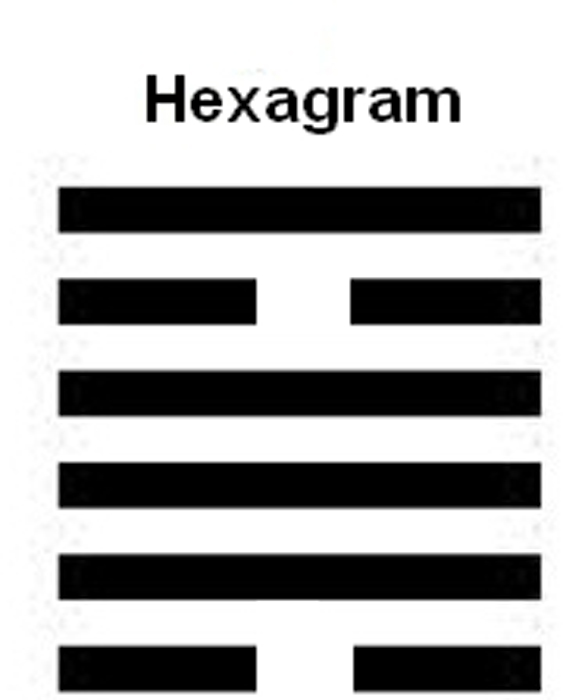
Figure 4: The sixty-four gates in Human Design correspond to the hexagrams in the I Ching.
The actual chart is also a synthesis of several parts that work together to give an overview of each individual. Some of the individual pieces of the chart have energies that are similar but different on a subtle level. Please understand that as you learn about each part, we are, to a certain degree, taking pieces out of context. Each piece is important, but the full expression of each part will depend on what else is in your unique chart.
If you've ever tried to complete a jigsaw puzzle, you know that each individual piece is crucial to the full expression of the picture. Human Design shows us that the entirety of humanity is like one giant divine puzzle, and we are each a unique piece. When you are not expressing the full potential of who you are, you are, in essence, losing or mangling your personal piece of the puzzle. The greatest gift you can give the world is to be the fullest expression of yourself.
Let's now look at the three major parts of your Human Design chart—the body graph, the birth chart, and the keynotes—in a little more detail.
When you receive your Human Design chart, you will see a series of numbers and planetary symbols next to a triangle comprised of all kinds of lines, geometric shapes, colors, and the profile of a person. This triangle, called the body graph, is the visual compilation of all the numbers and written information on your chart. The body graph is, in essence, a “map” of your unique energy configuration.
The first things you may notice when you look at your chart are the nine geometric shapes. These shapes represent the nine centers, and their role is similar to the seven chakras. Each center is responsible for carrying and managing a certain frequency of energy, and it relates to a specific theme in our lives (figure 5).
The nine centers and their themes are:
Next, you might notice that some of the centers in your chart are white, while others are colored in. The white centers are undefined, or open. The defined centers are colored in.
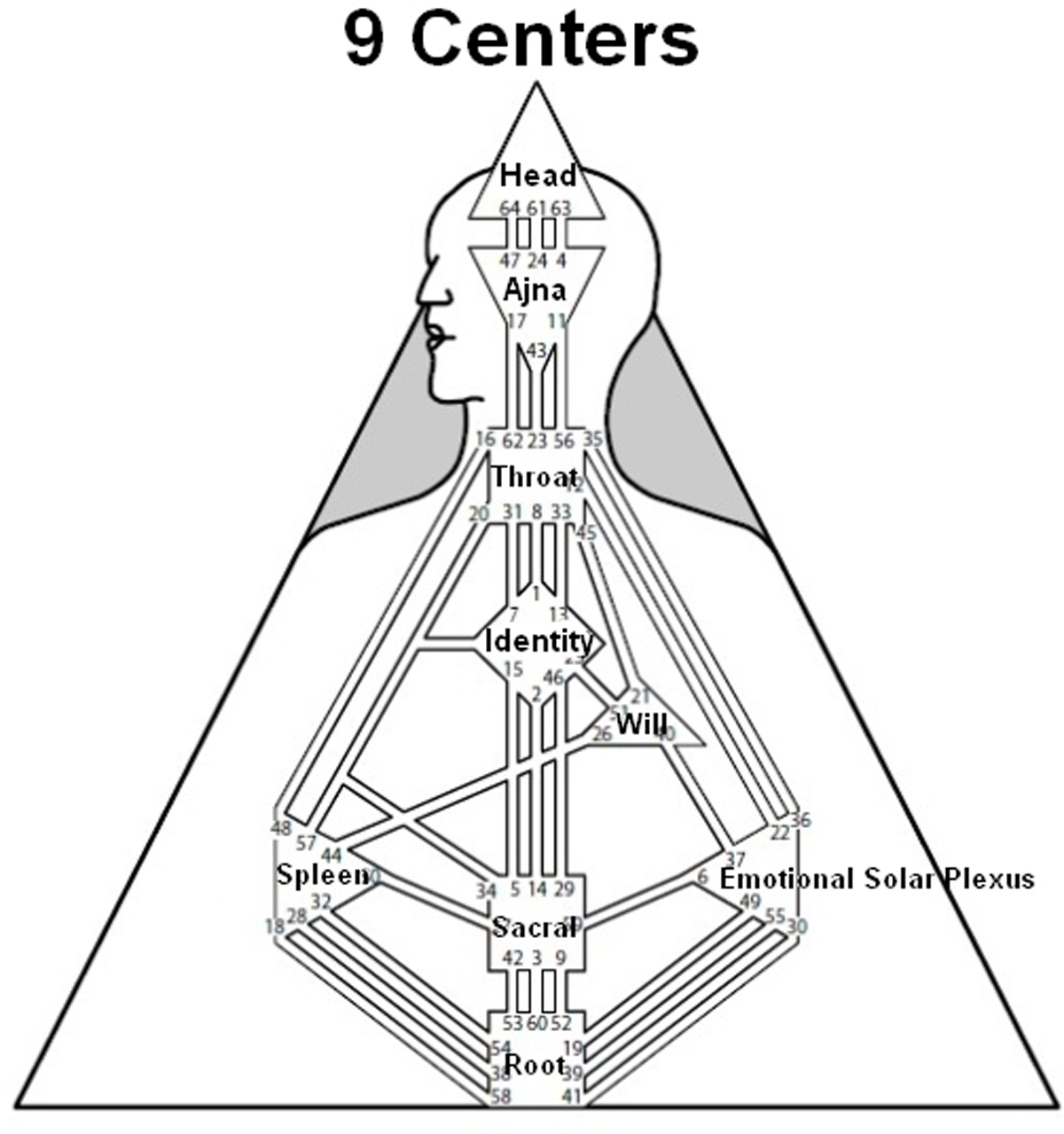
Figure 5: The nine energy centers are represented by the geometric shapes.
If a center is colored in, it is “defined.” Defined centers represent the energy that you radiate out into the world consistently, the aspects of your personality that are true all of the time, independent of any other factors in your environment. It can be raining, Mercury can be in retrograde, Mars can disappear out of the solar system, but your definition (the colored-in parts of your chart) always stay the same. Your definition comes from the position of the gates and the planets at the moment of your birth.
As you will learn, defined centers have their own issues, but overall they are much easier to manage than the sometimes traumatic experiences of open centers. Some good general advice is to know and live your Human Design strategy (covered in chapter 3). It will empower you to always know what to do.
If a center is white, then it is undefined, or open. Open centers take in and amplify energy and information from the world around you. The energy in open centers is inconsistent, because it changes depending on who you are with. It can also feel more intense than defined energy, because it comes in waves and is always changing.
It is easy to assume that the energy in your open centers is yours, and sometimes you will to try to “fix” an aspect of your personality, not realizing that you are behaving according to outside factors. Notice where your open centers are; these are the places where you have the potential to have the most pain until you understand how your energy works. But these open centers also hold the potential for your greatest wisdom as well.
Before I was aware of Human Design and my undefined energies, I worked as a nurse, and I was exhausted all the time. I burned out very quickly, because the emotional intensity was overwhelming, and I would soak it up like a sponge. Now, using the tools of Human Design, I understand that I have an open Emotional Solar Plexus. And I am now equipped to allow all that emotional information to pass through me. I don't hold on to it and claim it as my own, and I don't burn out.
There are four centers on the body graph which we consider to be the motors: the Sacral Center, the Will Center, the Root Center, and the Emotional Solar Plexus. Motors help define the kind of energy you have.
There are two pressure centers: the Head Center and the Root Center. The configuration of the pressure centers in a chart helps you understand what kind of pressure you might be experiencing in your life and gives you new ways to work with the pressure so you can reduce stress and make more relaxed choices.
The beauty in the defined and undefined centers lies in the fact that, individually, we are all simply parts of a greater whole. We all become completely defined when we are all together. We each bring pieces that energetically unify us all and offer us the opportunity to express all of the human experience.
You sense this when you go to a restaurant or a coffee shop. The designs of the customers and the staff blend together to make one big aura. This is great to know if you don't have certain consistent energies in your chart, such as the energy for focus. When you are hooked into other people's auras, you may find that your energy for focus is amplified through being around others, and you can create new strategies to help you stay on task when you need a focus boost.
Notice how the nine centers are connected to one another through many lines (figure 6). These lines are called channels, and there are thirty-two of them. The channel's color tells you about an aspect of your personality:
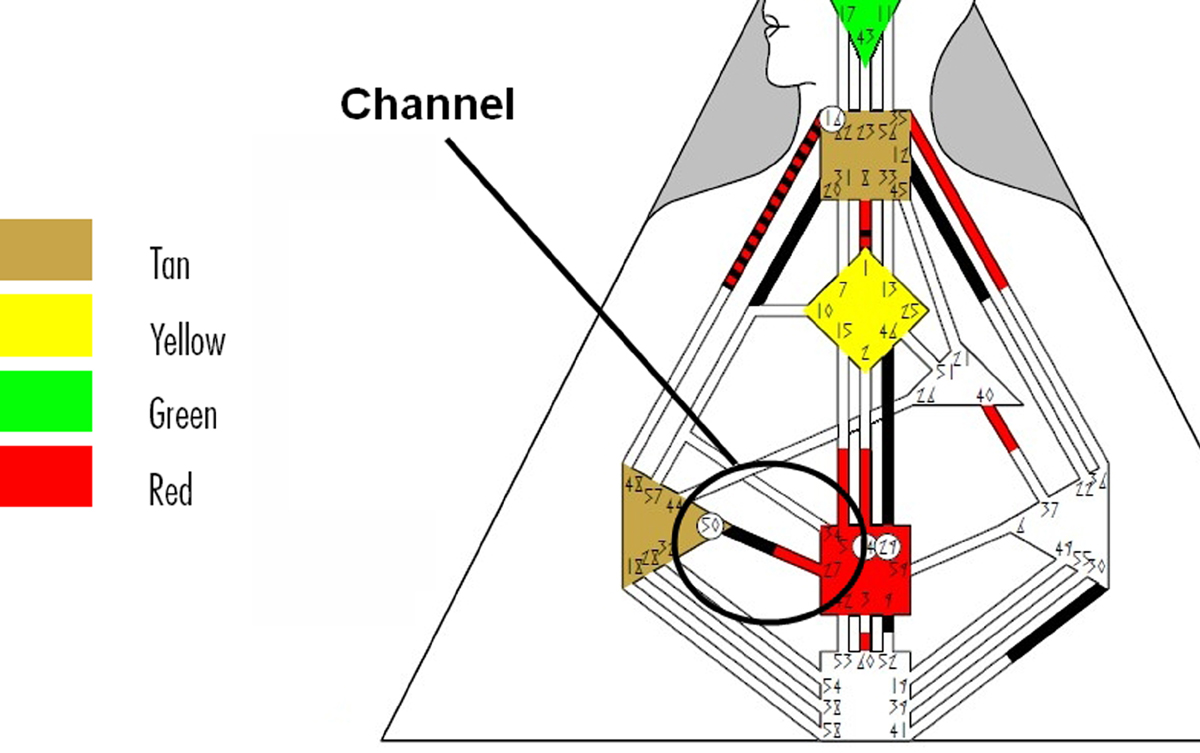
Figure 6: A channel connects two gates.
At the end of each channel is a numbered gate, and the channel is named using these two gate numbers. For example, we might talk about the 34/20 channel, the Channel of Charisma, which connects Gate 34, the gate of power, to Gate 20, the gate of metamorphosis. The sixty-four gates correlate to the sixty-four hexagrams in the I Ching. Each defined gate in your chart adds a different “flavor” to your personality. We will briefly discuss the nature of the gates here, but for an in-depth explanation of each gate and how it relates to your chart and personality, please see chapter 6.
If you have a line that is colored in, then the centers on either end of the channel will be defined (colored in). An open (white) center has no fully colored channels attached to it. When only one of the two gates in a channel is defined, it is called a “hanging gate” (figure 7).
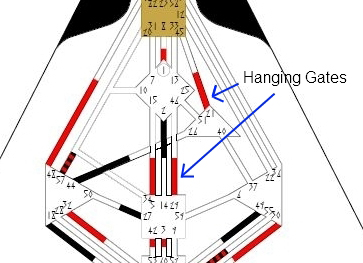
Figure 7: When only one gate in a channel is defined, the defined gate is called a hanging gate.
A person with a hanging gate is always attracted to people who have the other half of the channel. This is called electromagnetic attraction.
Definition of the chart refers to the colored-in channels between centers. Single definition means all of the centers that are colored in or defined in the chart are connected (figure 8).
Split definition means there are two distinct groups of energy centers that are connected within the group but are not connected to each other (figure 9).
Triple split definition means there are three distinct groupings of energy centers that are not connected to one another (figure 10).
Quadruple split definition means there are four distinct groupings of energy centers that are not connected to one another (figure 11).
An energy split can make you feel as if you have certain very distinct aspects to your perception of yourself. For example, in this chart (figure 9), you may feel you have a very powerful mind and can get “lost in your head” but that you also have an “earthy” and primal part of your personality as well.
We are often attracted to partners who have the gates that “bridge” our defined splits. When we are with that person, we feel “whole” or that all the parts of ourselves are unified, which is indeed what happens, at least energetically.
Figure 8: Single definition means all nine centers are defined.
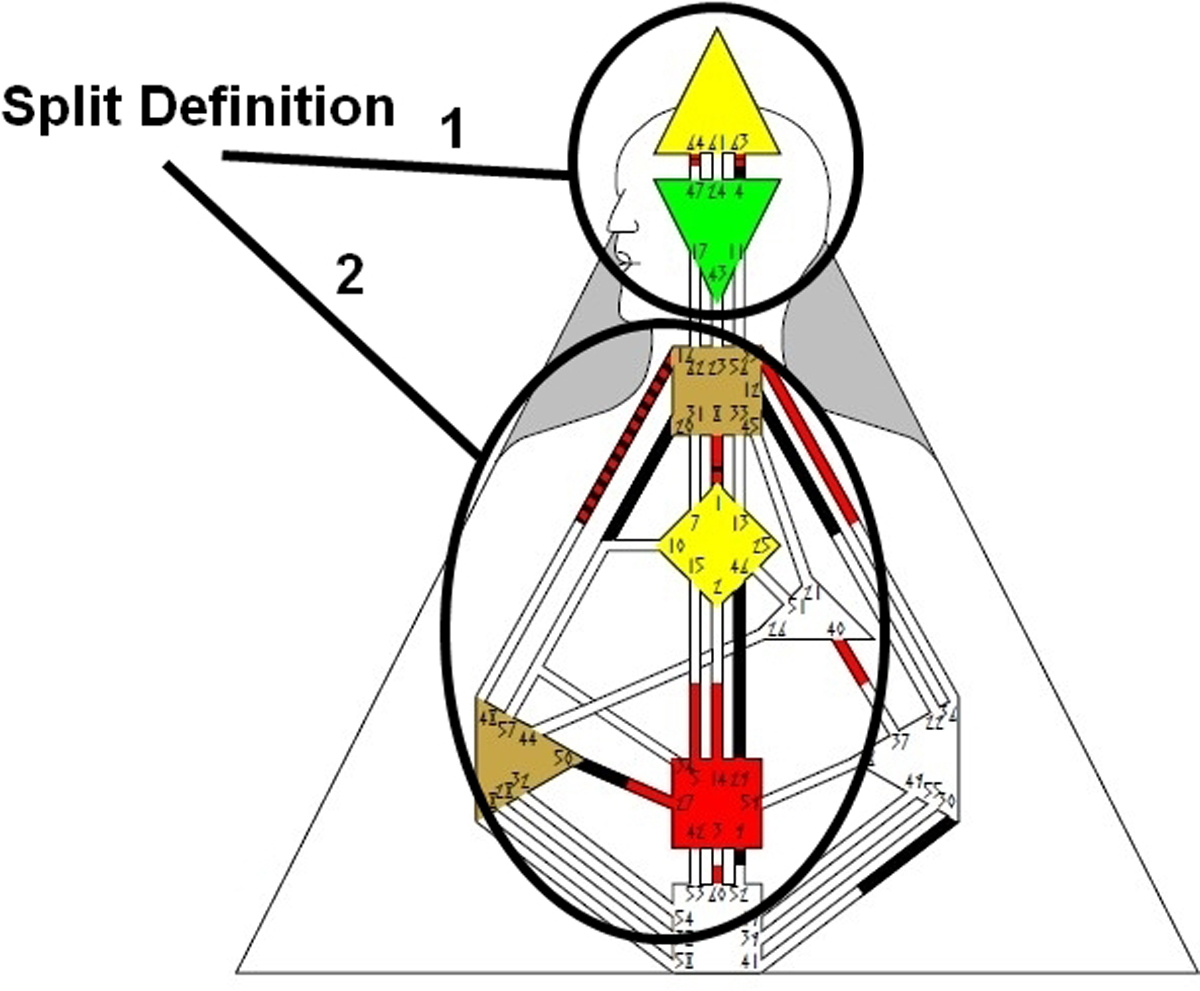
Figure 9: Split definition means there are two distinct groups of energy centers.
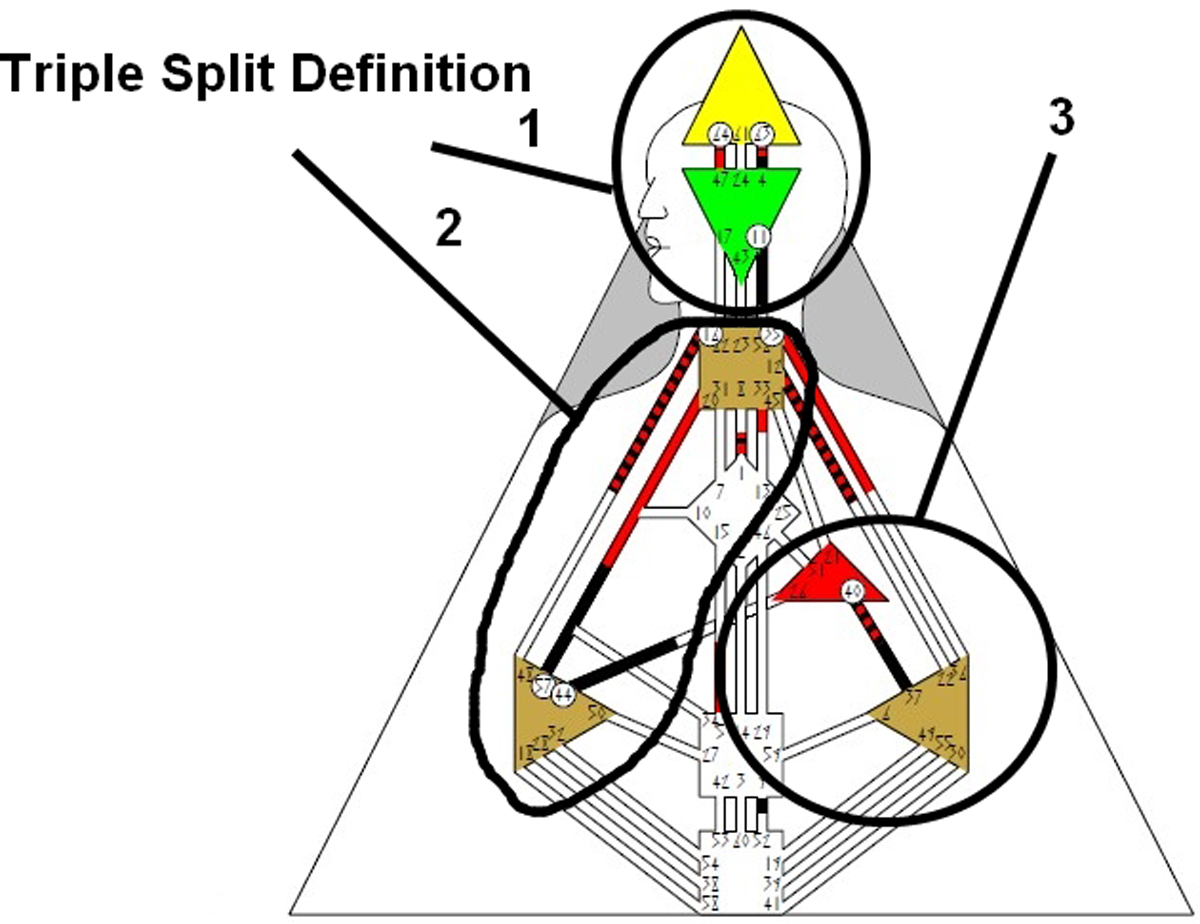
Figure 10: Triple split definition means there are three groups of centers.
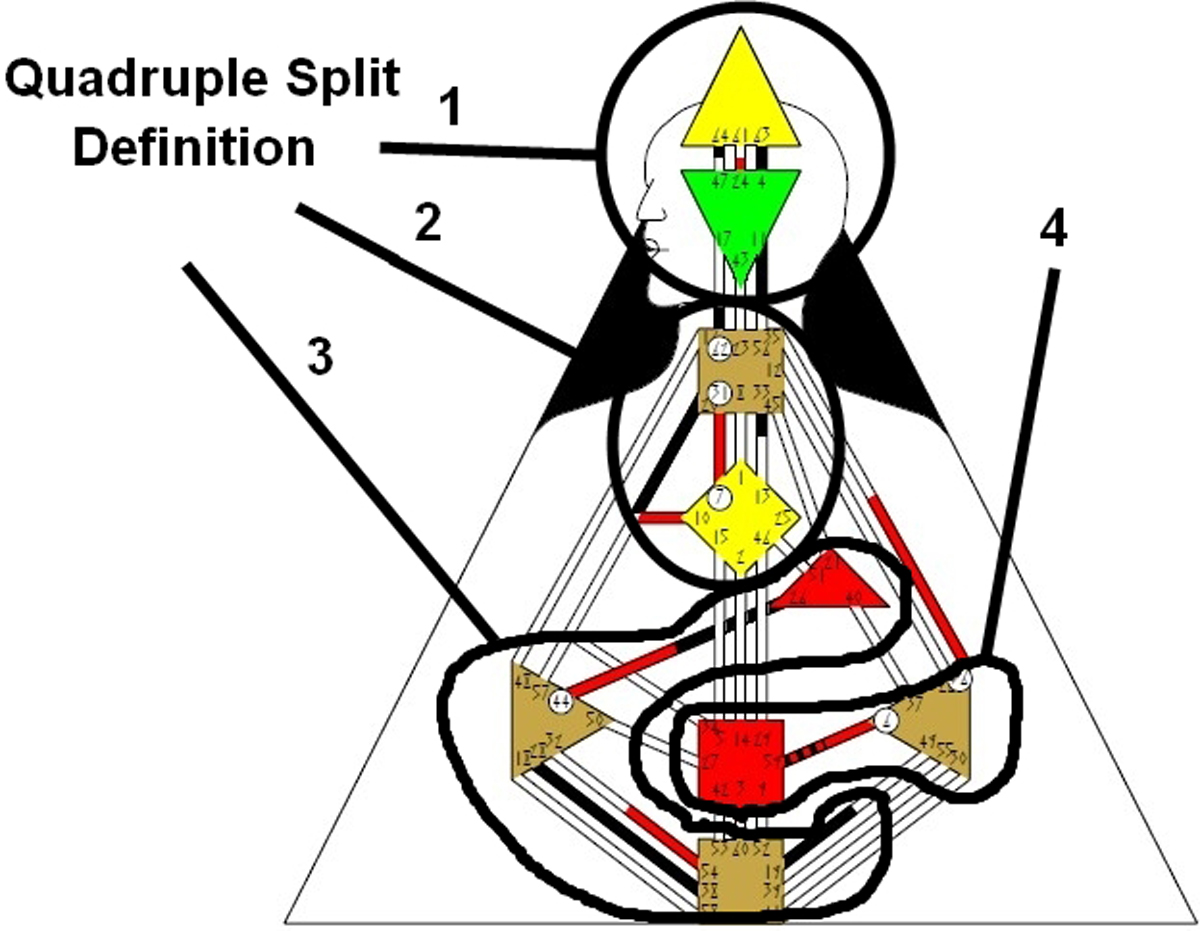
Figure 11: Quadruple split definition means there are four groupings of centers.
Let's move now from the human figure to the table with all the numbers and planetary symbols. On the left side of the chart or flanking either side of the body graph (depending on who provided your Human Design chart) you will see a series of red and black numbers and planetary symbols (figure 12). This is called your birth chart. Your birth chart is fixed; it does not change during the course of your life.
Figure 12: A sample birth chart
Your unconscious personality is defined by the red elements on your birth chart—these are aspects of your personality that are consistent but unconscious, meaning you don't really have much control over these parts of your personality. Usually with age we become more aware of our unconscious personality. Your family and loved ones also usually know the unconscious elements of who you are.
The date in red is your unconscious birthday. The unconscious birthday is roughly three months prior to your birth and coincides with a large spurt in brain development in the cerebral cortex while a baby is in utero. It is approximately eighty-eight astrological degrees from the moment of your birth.
The elements on the chart that are black are aspects of your personality that you are consciously aware of and, to a certain degree, have some control over.
The birth date in black is your actual birthday, called your conscious birthday. (On some charts, the birthday may be in European format [day/month/year]). This is your conscious personality.
The large numbers listed in either red or black are gate numbers (figure 13). There are sixty-four of these, and they are represented in the body graph. For more on what the gate numbers mean, see chapter 6.
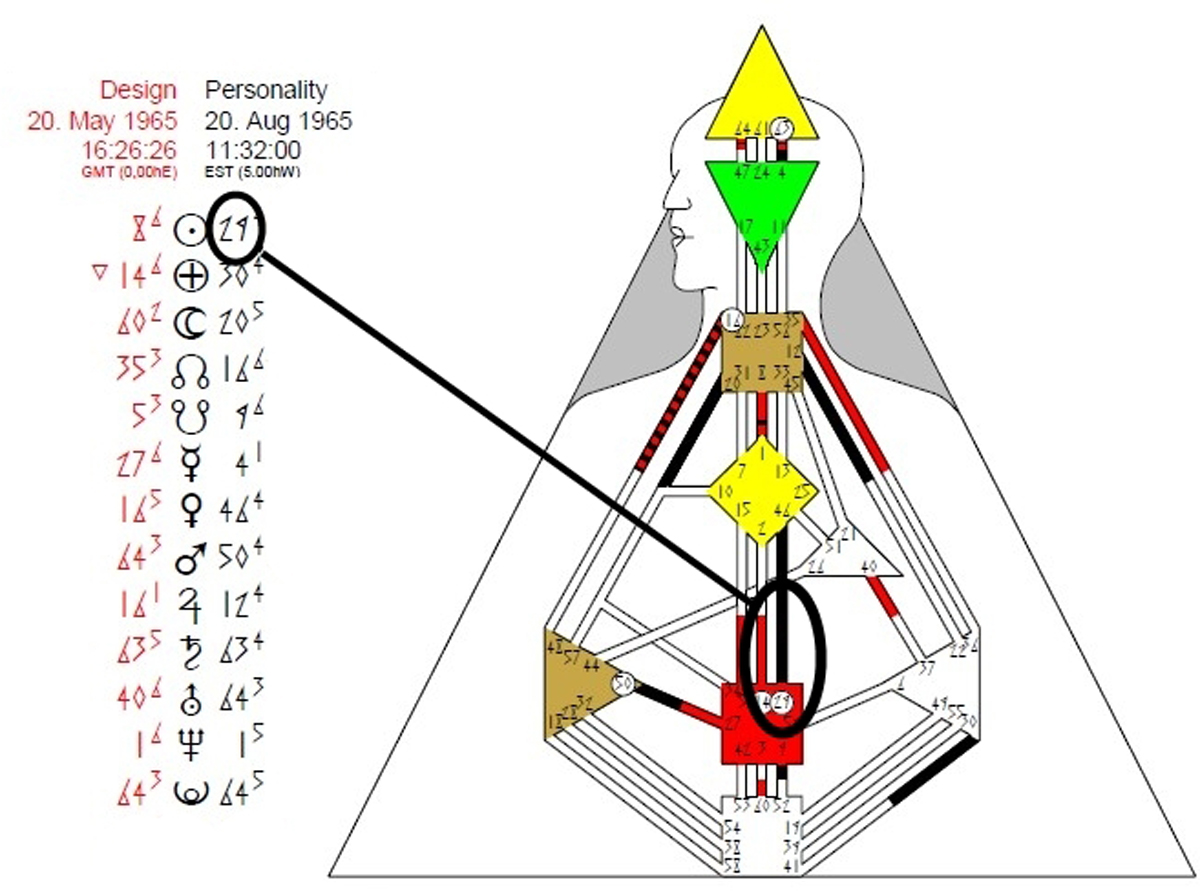
Figure 13: The gates appear in the birth chart and in the body graph.
You will see that next to each gate number there is a smaller number that looks like an exponent (figure 14). This is a gate line. They are numbered one through six.
The gate lines are unique to each chart. Not every chart has all six lines. It depends on the position of the planets at the moment of birth. Lines are like seconds when we measure time. Here are the gate lines' six unique archetypes:

Note that the gate lines do not appear on the body graph. Their meanings can be revealed during a Human Design analysis.
Your profile is determined by the gate lines in your conscious and unconscious Sun sign (figure 15).
Figure 15: Your profile is determined by the top two large numbers in your birth chart.
Everyone comes into the world with a specific profile and purpose. Profiles tell you about major life themes that you will encounter, and they illustrate how your personality interacts with the world as you move toward fulfilling your purpose. Your profile can be thought of as an explanation of your conscious and unconscious archetype and the themes associated with those archetypes. Most people are aware of their unconscious profile, but because it is unconscious they do not have much control over the expression of it.
The twelve profiles are combinations of two gate lines (the conscious line followed by the unconscious line):
We will discuss profiles more in chapter 5.
The planetary symbols indicate the astrological position of the energies in your chart at the moment of your birth. Each planet is covered, starting with the position of your sun gate at the top and ending with the position of your Pluto gate (figure 16).
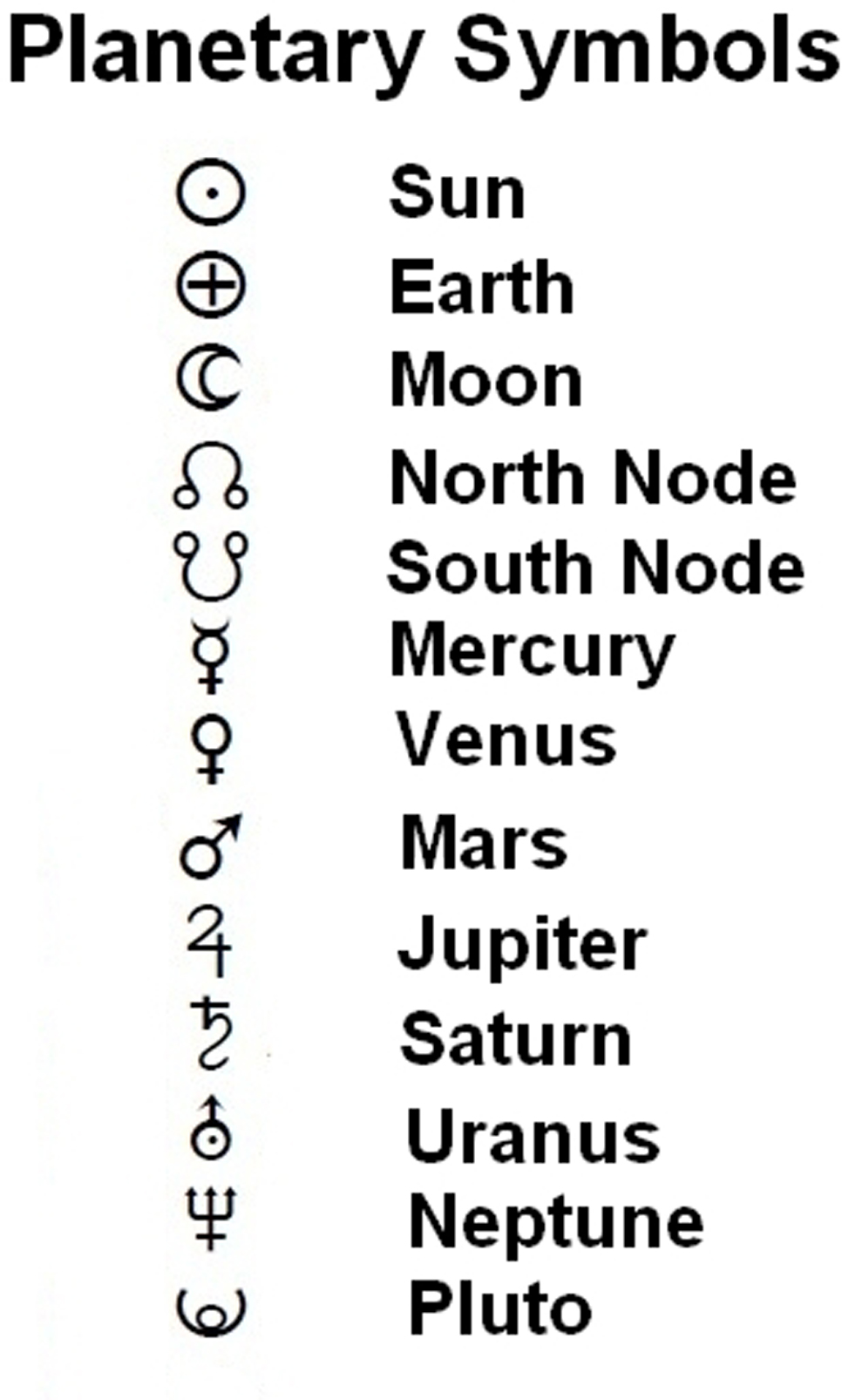
Figure 16: The planetary symbols and their names
The final piece of the chart that ties the whole thing together is called the Incarnation Cross. The Incarnation Cross is comprised of the energies that make up your conscious and unconscious Sun and Earth signs—the top four black and red numbers in your birth chart (figure 17).
These four energies combined comprise about 70 percent of your personality expression. The Incarnation Cross is basically a person's life purpose. It tells us who they are, what they are driven to do, their foibles, follies, and ultimately their destiny, if they choose.
The meaning of each cross is a combination of the four gate energies that comprise it. The gate energy in the conscious sun position—the top right black number—is the most significant of the four. All of the other energies in your cross, and in your whole chart, are expressed through the conscious sun gate energy. Over the course of a year the sun will move through all sixty-four gates.
There are 192 possible Incarnation Cross combinations, each one a reflection of the solar and earth transits. The Incarnation Cross gives us much more information than a mere sun sign in astrology. It offers a deeper explanation for the path of a soul and the journey of a lifetime.
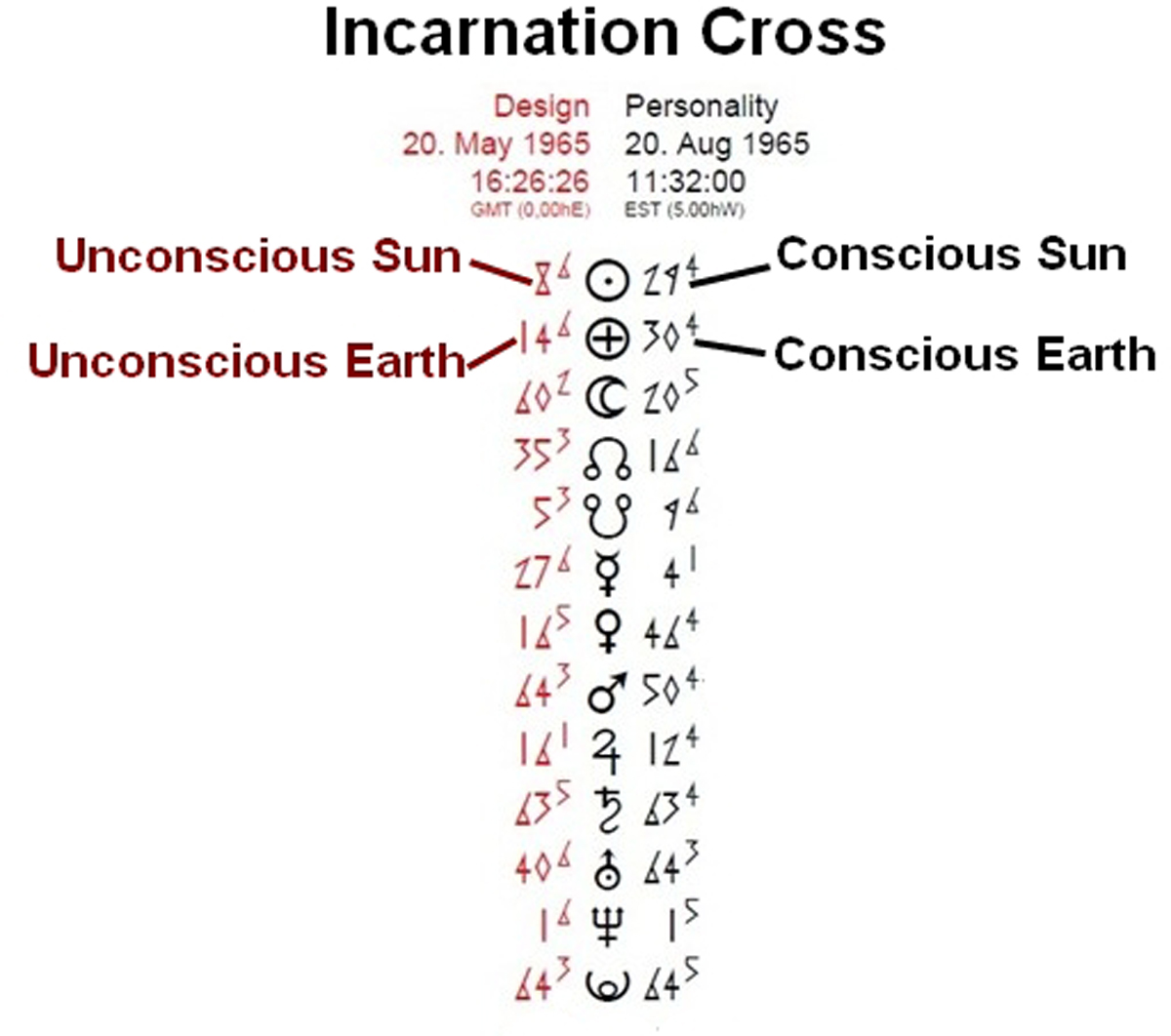
Figure 17: Your Incarnation Cross is comprised of both your sun and earth signs.
The name of your Incarnation Cross is usually found on the bottom half of your Human Design chart. While we don't have the space to cover all 192 possible combinations here, you can read about each of the four gates that comprise your cross and weave your own story of your life path from those.
At the bottom of your chart you will see a section called Keynotes, which is a short summary of the most important parts of your chart. The keynotes tell you
The easiest way to begin benefiting from Human Design is to learn your type and to follow the strategy for your type. The five types are: the Manifestor, the Manifesting Generator, the Generator, the Projector, and the Reflector. You can find your type at the bottom of your Human Design chart in the Keynotes.
Each of the five personality types has a unique strategy for making decisions and being in the world. Knowing your type can help you develop confidence and trust in your capacity to make reliable decisions for yourself.
Your strategy comes from your type, and it is probably the most important knowledge offered by your Human Design chart. It gives you key information about how to make the right choices for you, and how to recognize when you are on the right path.
Following your strategy offers you the opportunity to experience events and circumstances that are correct for you, while not following your strategy can bring events and experiences into your life that may not be beneficial in the long run. Follow your strategy and you will truly fulfill your personal destiny.
Because learning to follow strategy effectively can take months or years of practice, you can benefit from coaching by a Human Design analyst who can provide you with feedback and encouragement.
Although decision making is tied directly to your strategy, your authority flavors the way you use your strategy. Your defined centers will determine your authority. Not all centers carry authority, so your personal authority will depend on your type and your definition.
Authority will also depend on your life conditioning and your level of emotional well-being. When you receive a Human Design analysis, you are taught to understand patterns of pain and behaviors that may be keeping you from living out the beauty of the mythology of who you really are. With cognitive awareness of old patterns, you begin to heal and transform these energies into deep sources of wisdom. The more you clear your old energy patterns, the more effectively your natural decision-making skills (your authority) can function. You can then begin to use your authority along with your strategy to help you make better decisions for your life.
It's very important to note that authority does not override your strategy—it just shifts the way you use your strategy so that your decisions and choices are even more in alignment with the overall energy in your chart.
There are six kinds of authority:
Some kinds of authority have a strong influence on the chart. Others are more subtle and don't require much, if any, change in how you live your strategy. We'll talk more about authority in chapter 3.
Each Human Design type has an emotional theme. The emotional theme is simply part of a person's life, and it brings lessons and opportunities for growth. You will either be experiencing the emotions of your theme yourself, or you may be experiencing them through the other people around you who are responding to your behavior.
When you experience your emotional theme in a strong way, it's usually a sign that you are not living true to yourself. For example, the emotional theme for Generators is frustration. Generators have to wait for things to show up in their outer reality and then respond to them as part of their decision-making strategy. If you are a Generator, and you are forcing things to happen in your life without waiting to see if they are right for you, you will most likely experience a lot of frustration, because things won't work out the way you had hoped.
It's always good to take a step back and evaluate your life if you're feeling your emotional theme in a powerful way. When you live your life according to your Human Design strategy, you lessen the intensity of your experience of your emotional theme. You might feel it here and there, but it won't be a roaring monster that dogs you day and night.
The parts of your Human Design chart—the body chart, the birth chart, and the keynotes—are each in and of themselves important and give insights into a personality. Understanding each part and the role it plays in the story of your life helps you put together a bigger picture and a deeper understanding of who you truly are.
Remember that each part is a piece of a whole. While we have to take the chart apart in order to understand all of its key pieces, the real beauty of the chart is in the synthesis of all its parts. The true story of who you are is revealed when all of the pieces come together.
The next sections of this book are designed to give you a practical guide to deepening your awareness of your true self and specific exercises and strategies to begin embracing what is right about you and your life.
Go through each of the pieces of the chart and do the exercises that relate to what is in your Human Design chart. This is a process that may take a bit of time. Many people like to pick one piece of the chart to work on for a week at a time. These exercises are intended to support you in connecting with your authentic self in a new and empowered way and to help you stay resilient during times of change.